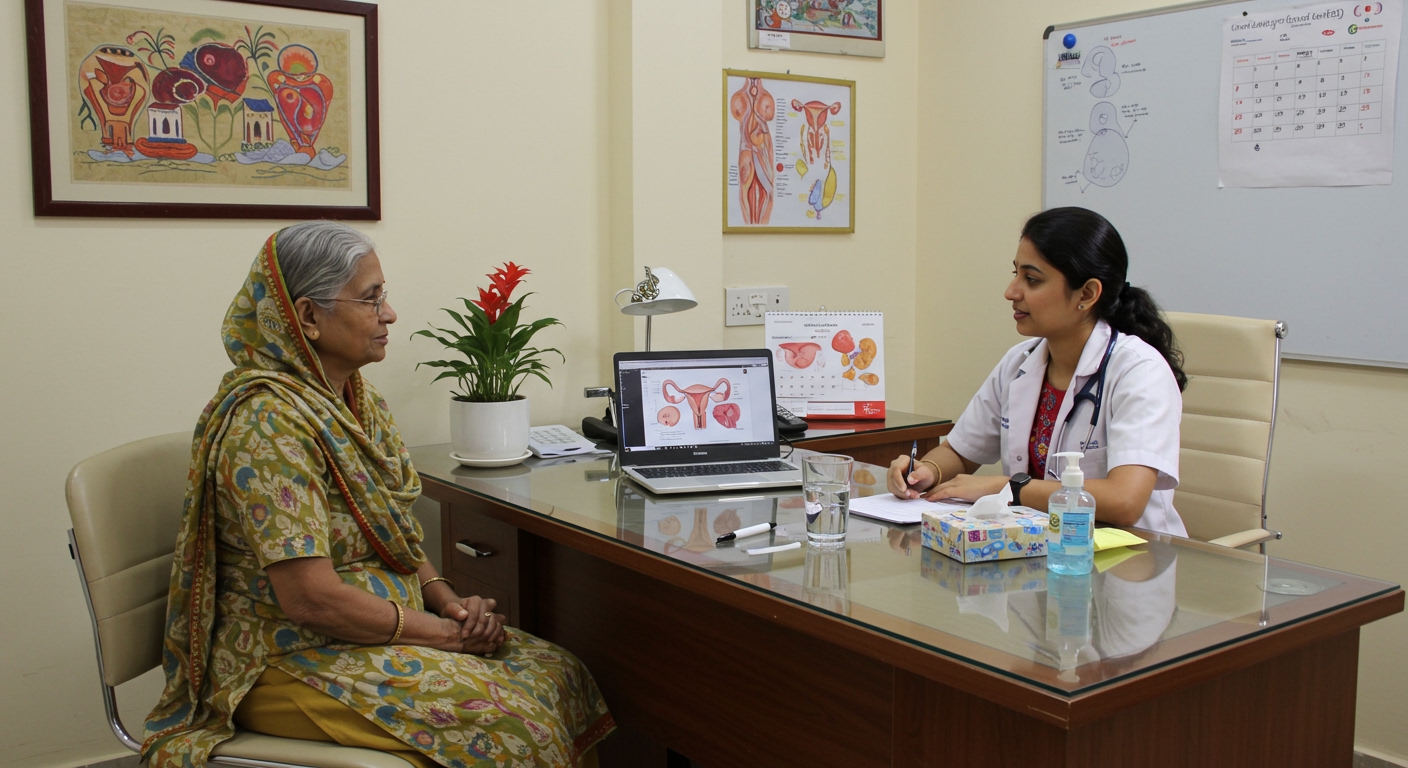What Is Vaginal Candidiasis?
Vaginal candidiasis is a common infection caused by a type of yeast called Candida. Many people know it as a vaginal yeast infection. In the United States, millions of women experience this condition each year. Although it is not usually serious, it can cause uncomfortable symptoms. Understanding vaginal candidiasis symptoms helps you get the right care quickly.
Common Symptoms of Vaginal Candidiasis
Most women with a vaginal yeast infection notice symptoms that can be mild or severe. However, some people may have only a few signs. Below are the most common vaginal candidiasis symptoms:Itching in the vaginal areaBurning feeling, especially during urination or sexThick, white vaginal discharge that looks like cottage cheeseRedness or swelling around the vaginaSoreness or discomfort in the vaginal area
Sometimes, these symptoms appear together. But in some cases, only one or two signs show up. According to the Centers for Disease Control and Prevention (CDC), these are the most reported symptoms.
Less Common Symptoms
In addition to the main signs, some people may notice less common symptoms. These can include:Watery vaginal dischargeSmall cracks or sores on the skin around the vaginaPain in the lower belly
Although these symptoms are less frequent, they can still happen. Therefore, it is important to pay attention to any changes in your body.
How Symptoms May Vary
Vaginal candidiasis symptoms can differ based on age, health, or other factors. For example, women with weakened immune systems may have more severe symptoms. Pregnant women might notice stronger itching or discharge. On the other hand, some older women may have milder signs. If you have diabetes or take antibiotics, you may also be at higher risk for yeast infections. Because everyone is different, symptoms can change from person to person.
When to See a Doctor
Sometimes, mild symptoms go away on their own. However, you should see a healthcare provider if:Symptoms last more than a few daysYou have frequent yeast infectionsThere is severe pain, swelling, or feverYou are pregnant or have a weak immune systemOver-the-counter treatments do not help
Early treatment can help prevent problems. In addition, your doctor can check for other causes of your symptoms.
Tips for Relief and Prevention
While you wait for treatment, some simple steps may help ease discomfort. Also, these tips can lower your risk of future infections:Wear loose, cotton underwearKeep the vaginal area clean and dryAvoid scented soaps or spraysChange out of wet clothes quicklyLimit sugar in your dietTake antibiotics only when needed
Although these steps may help, they do not replace medical care. If symptoms continue, always talk to a healthcare provider.
Summary
Vaginal candidiasis symptoms can be uncomfortable, but they are usually easy to recognize. Most people notice itching, burning, or unusual discharge. However, symptoms can vary. If you notice these signs, consult a healthcare specialist for personalized advice.



